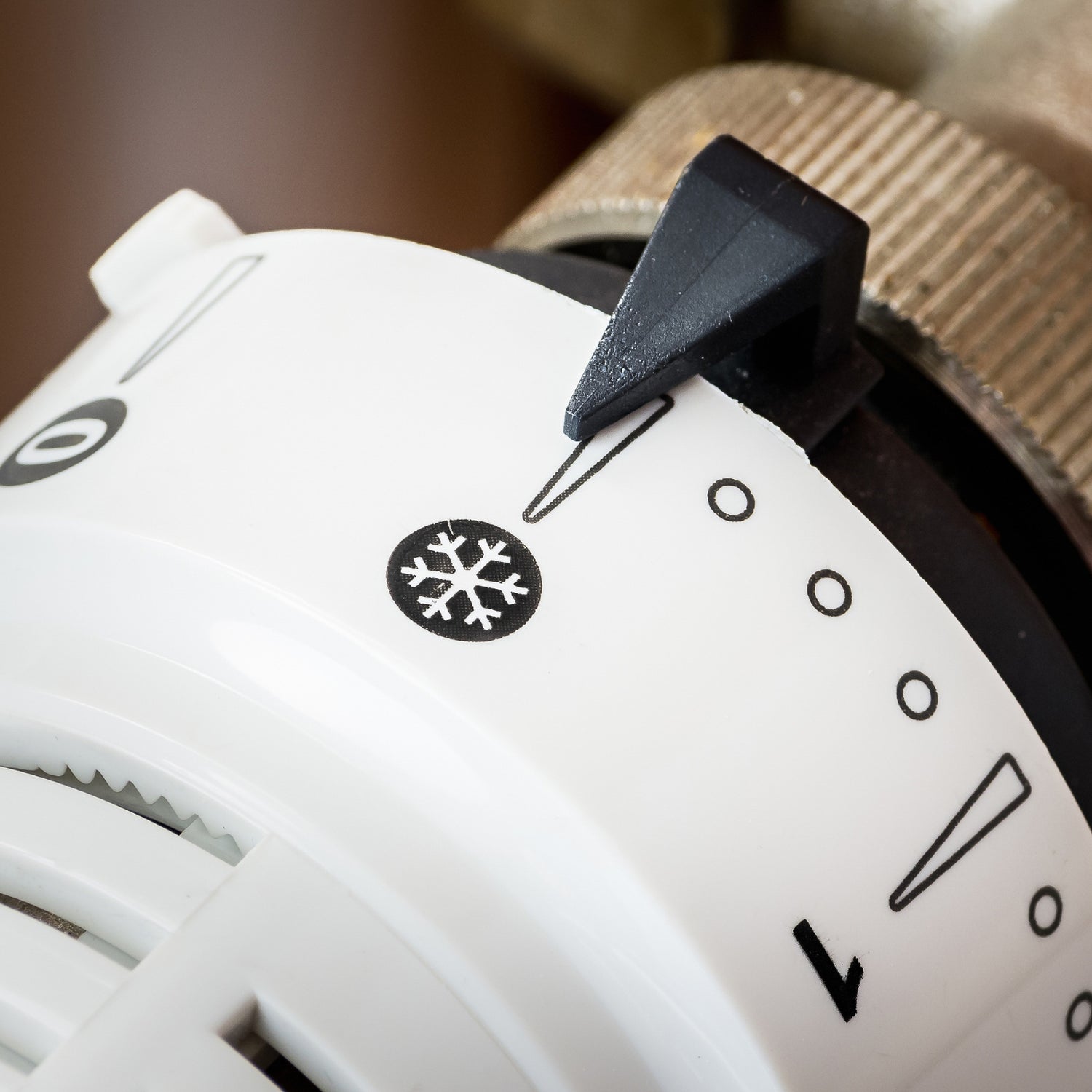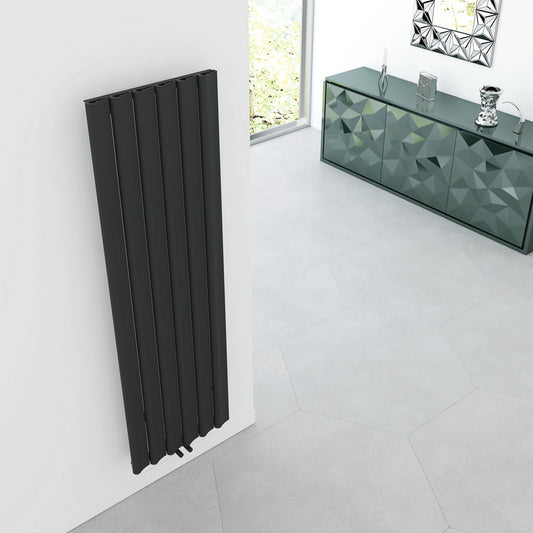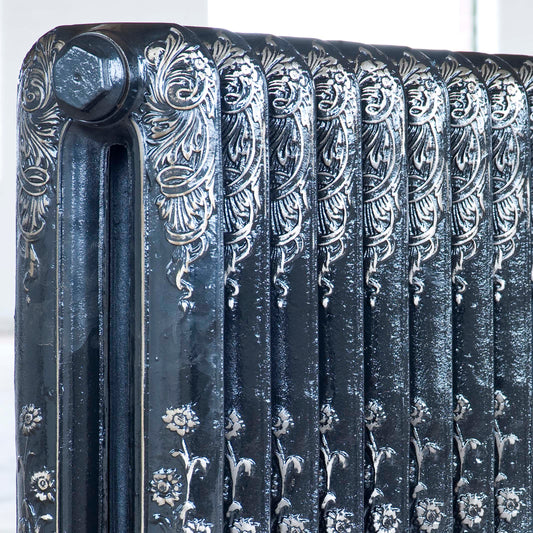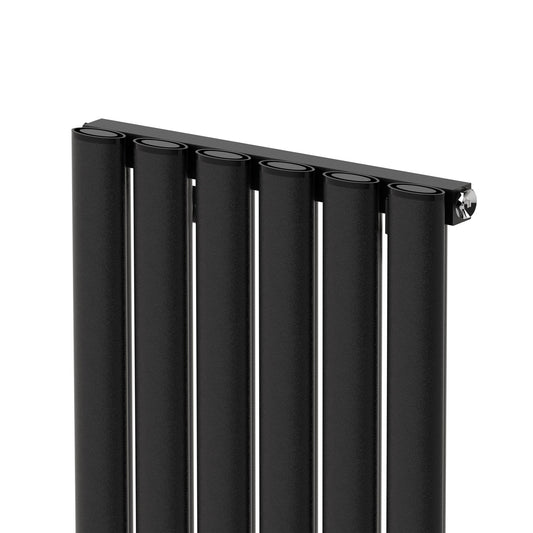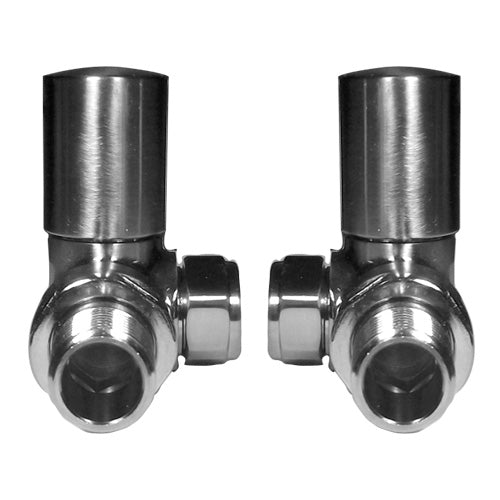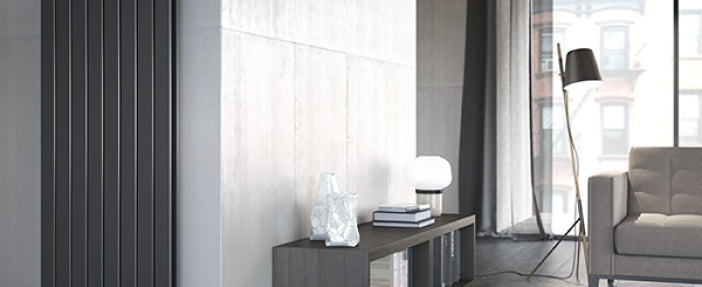The Radiator Shop Guide to Thermostatic Radiator Valves (TRVs)
Welcome to The Radiator Shop's guide to thermostatic radiator valves. In this guide, we will explore the world of TRVs, including how to operate them and why they can be found on the side of radiators across Ireland.
What are TRVs?
Thermostatic Radiator Valves, or TRVs, are designed to control the air temperature of a room by automatically adjusting the amount of hot water that enters the radiator they are attached to. With TRVs, you have more control over the temperature in each room of your home, making it easier to create a warm and inviting space that is both cost-effective and efficient.
Installing a TRV correctly can also help you create different heating zones throughout your home, despite having only one centralised boiler system as your main source of heat. This means that TRVs are a simple and affordable solution for controlling the heat output of a radiator and the temperature of a room.
Why should I use TRVs?
Thermostatic Radiator Valves (TRVs) are the nifty little devices you see attached to the side of radiators in homes and offices throughout Ireland. They work by regulating the temperature of the air in a room through automatically adjusting the flow of hot water that enters the radiator they are connected to. This means that you can have more control over the temperature in each room of your home, making it easier to create a warm and comfortable living space that is energy-efficient.
How exactly do Thermostatic Radiator Valves Work?
- They are self-regulating valves that automatically change the flow of hot water into your radiator.
- The valve consists of two main parts - the valve head and the valve body, with the head sitting on top of the body.
- Inside the head of the TRV is a capsule that expands or contracts based on the temperature of the room.
- This, in turn, moves a pin inside the body of the valve which causes it to either open or close.
- If the temperature in your room drops too low, the capsule will contract and pull out the pin, allowing more hot water to enter your radiator and increase its temperature.
- Conversely, if the room becomes too warm, the expansion of the capsule will cause the pin to close the valve and reduce the amount of hot water flowing in.
- The capsules in TRVs operate using a metal spring that is either filled with wax or liquid.
How much does a thermostatic radiator valve cost?
The price of a thermostatic radiator valve can vary depending on the type and style you choose. At The Radiator Shop, we offer a range of TRVs, from standard white to more traditional brass and copper finishes. You can view our range of TRVs HERE.
Are thermostatic radiator valves worth it?
- The great thing about TRVs is that you can set a different temperature in each room of your home. This means you don't have to keep adjusting the room thermostat every time a room gets too hot or cold.
- For example, if you have a centralised boiler that provides heat and hot water and a single wall thermostat, you're likely heating rooms that aren't even occupied.
- Since heating and hot water account for over half of the energy consumption in a home, installing a TRV along with a complete set of heating controls, including timers and room thermostats, can lead to significant savings on your heating costs.
- In fact, energy savings of up to 40% have been estimated with the use of TRVs. However, the actual savings you can achieve depend on various factors such as radiator efficiency, insulation, and where the TRVs are installed.
- The key to maximizing the efficiency of your heating system is to create different heating zones in your home.
- For instance, most people like to keep their living room at a comfortable 21-22°C. But a bedroom with the same temperature may feel too stuffy for a good night's sleep.
- This is where TRVs come in handy. By controlling the temperature of different zones in your home, you can save money and energy by never heating an unoccupied room unnecessarily.
Where should I install TRVs?
- When it comes to installing TRVs in your home, building regulations require that your heating system has a minimum set of controls.
- If you have a combi boiler, this is usually achieved with a timer or room thermostat, and individual room temperatures are controlled using TRVs.
- Standard practice is to leave one radiator without a thermostatic valve installed and to leave that appliance permanently switched on. However, if your boiler is fitted with a flow meter that detects when all of your radiator valves are closed, you can install a TRV on every radiator if you want to.
- It is important to note that you should leave one radiator without a TRV, but it makes more sense to select the radiator in the room with your wall thermostat. This is because your main heating thermostat is directly linked to your boiler system, and having a TRV in the same space can cause conflicts in controlling the temperature of the room.
- For instance, turning your wall thermostat up to get rid of the chill in the space may cause the thermostatic valve on the nearby radiator to expand and close off the supply of hot water to the radiator, cooling the room and rendering the whole exercise pointless.
- This is one reason why you often find a boiler thermostat in the hallway of a house. Since this space is rarely heated to a constant temperature and is usually a thoroughfare between downstairs and upstairs, it makes sense to leave your radiator TRV-free.
- If you have a wall or room thermostat that controls your boiler system’s output in a room where you spend a lot of time, such as your living room or dining kitchen, it may be best not to install a TRV there.
- If you already have one in that space, it may be worth your time to remove it and connect a simple manual valve instead.
- It is important to note that TRVs should not be used in bathrooms, and you should avoid placing them in the same room as your boiler thermostat.
How do I control and manage my TRVs?
- The numbers on a TRV are often misunderstood, as they do not represent specific room temperatures.
- The temperature at which the valve operates depends on various factors such as water temperature, airflow around the valve, the size of the room, and heat loss through walls, windows, and floors. Therefore, you may need to use different settings in different rooms to achieve the same temperature.
- If you have a room that is heated by two separate radiators, the TRVs on both radiators will interact and compete to control the temperature of the room. This can be a bit tricky to get right, but you should start with the valves at matching settings and adjust the valve at the coldest part of the room if necessary.
- Once you have the settings right, the TRVs can be adjusted together to achieve the optimum temperature in that space. To ensure that your TRVs are working correctly, it is important to ensure that they are not blocked by furniture and curtains.
We hope that our guide has given you a better understanding of TRVs and how to make the most of them alongside your new radiator. At The Radiator Shop, we have an amazing range of valves to choose from, so be sure to check them out HERE.
